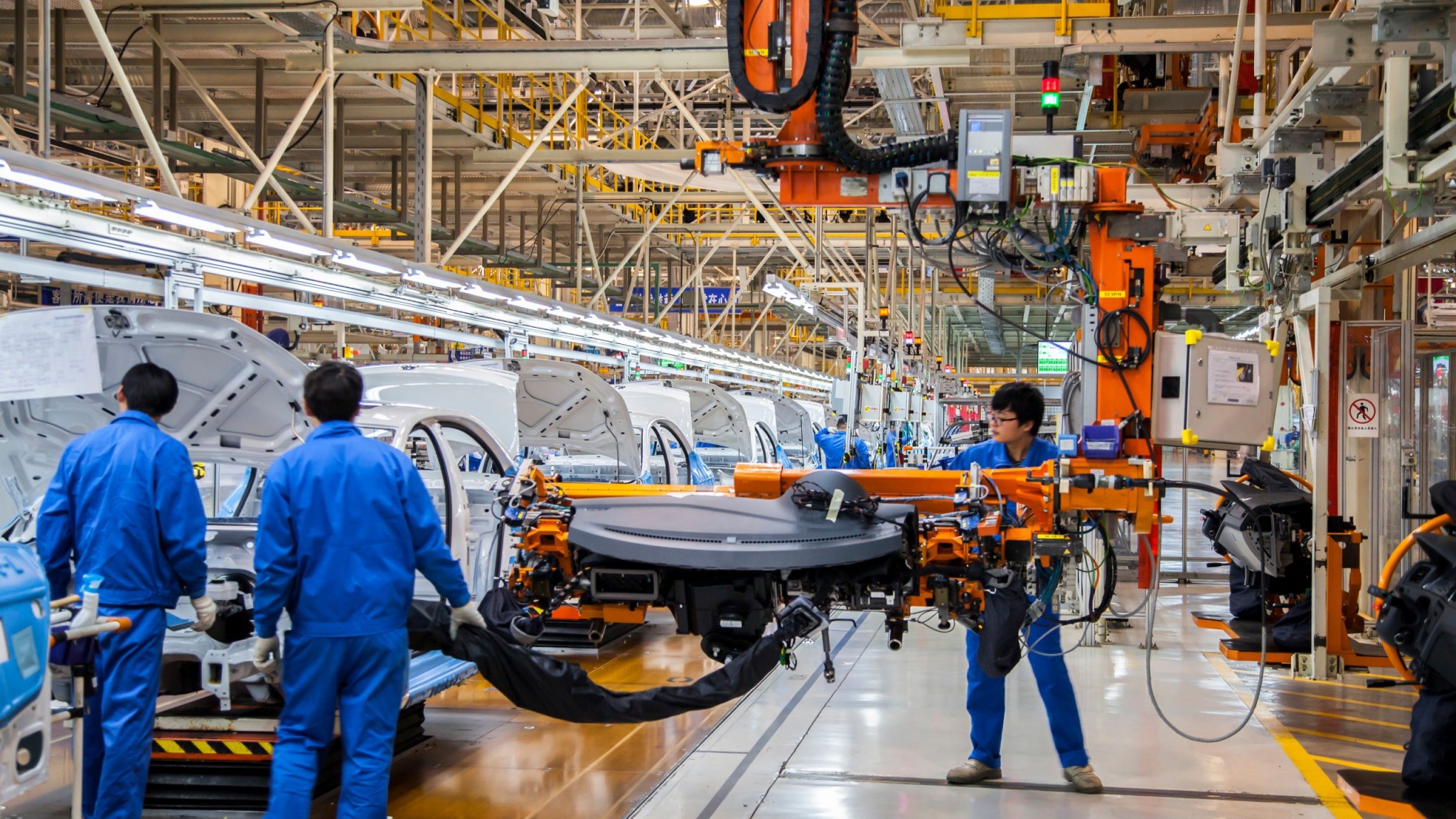By Wei Sun
This article was published as an op-ed in Caixin on June 22, 2021.

When China began plugging into global production networks and cross-border trade more intensely in the early 2000s, few might have foreseen it becoming one of the most important hubs for many high-tech global value chains (GVCs) by the late 2010s. This is thanks to the country’s success in technology adoption and development as well as collaboration with partner countries – cornerstones of its manufacturing-for-exports strategy over the past two decades.
Consider a few key trends which reflect China’s increasingly important role.
First, when we look at domestic value added (DVA) exports for the machinery, electrical and optical equipment sectors: in 2000, China’s share of such exports on a global level was just 5 percent. Now it is about 30 percent.
Second, China’s trade linkages with key players have become deeper and more extensive, and the roles of different countries have evolved significantly. The U.S.’ dependence on “made in China” has increased, making it the biggest net importer of machinery, electrical and optical equipment from China. Not only that, more of the value-add is being generated in China. In 2000, the DVA of these exports from China to the U.S. was USD14 billion. By 2019, it was USD195 billion.
The change in interdependence with China has been stark for Japan. Over the same period of time, Japan switched from being net exporter to China to net importer. Meanwhile, Korea and Taiwan Province of China – two of the four “Asian Tigers” – continue to be important high-tech suppliers to China. Recently, the more advanced ASEAN economies (Indonesia, Malaysia, Thailand, the Philippines, and Singapore) as well as Vietnam, have become significant net importers of China’s high-tech goods. This development reflects their solid progress in tech catch-up and their increasing participation in regional production networks. From just USD3 billion in 2000, these ASEAN countries’ DVA imports from China increased steeply to USD54.1 billion in 2019.
Third, China has become an important supplier of intermediate goods in high-tech value chains in Asia. Our analysis of import-export networks shows that China is a key supplier of semiconductors and electrical/ electronic components to major high-tech exporters in the region. This result is derived by using granular trade data to get at the size, direction and nature of trade in parts for production purposes.
Potential spillover effects
There is indeed a general consensus that manufacturing disruptions in China during the 2020 pandemic have had substantial adverse effects on Asia’s exports to global markets, although the magnitude is difficult to estimate precisely.
A stress test performed by the ASEAN+3 Macroeconomic Research Office suggests that in a scenario in which the growth of China’s supply of machinery and electrical parts decreases by 30 percentage points due to supply disruption, some regional high-tech exporters, such as Korea and Malaysia, would suffer from significant reductions in their high-tech exports to various markets. The growth of Korea’s high-tech exports to Vietnam, Indonesia, the E.U., and Thailand would decrease by 3 to 15 percentage points, while that of Malaysia to the U.S. and Singapore would shrink by 11 and 6.5 percentage points respectively.
The results vary from country to country because the products which these countries manufacture and export are different while the substitutability of inputs from other economies for inputs from China would also differ.
Deeper regional integration
The disruptions in production and trade activities brought about by the COVID-19 pandemic and ongoing trade and tech tensions, have prompted much debate about the future of trade. Given the vulnerabilities exposed, close collaboration between China and its regional partners is crucial to strengthening GVCs’ resilience and flexibility.
Providing greater predictability, security, and progress for all economies which plug into the GVCs calls for: (i) stronger domestic capacities and more extensive cross-border linkages; (ii) deeper regional integration and more globalization; (iii) more foreign direct investments; and (iv) stronger protection of intellectual property rights and commercial interests.
China’s enterprises, industry bodies, and policymakers recognize these important considerations –for China and for the region. This is why the new “Dual Circulation” strategy on one hand seeks to achieve greater domestic strength, and on the other, promotes more openness to global trade and partnerships.
As China is pursuing greater self-sufficiency in technology to guard against the heightened risk of prolonged tech tensions with the U.S., its role in technology sharing will become increasingly important for further development and robustness of GVCs in the region.
Doing so will be consistent with the region’s shared vision of deepening integration and prospering together. It will also help to create a new and more resilient global economic order for this decade and beyond.
The article was written when Wei Sun worked for AMRO.
